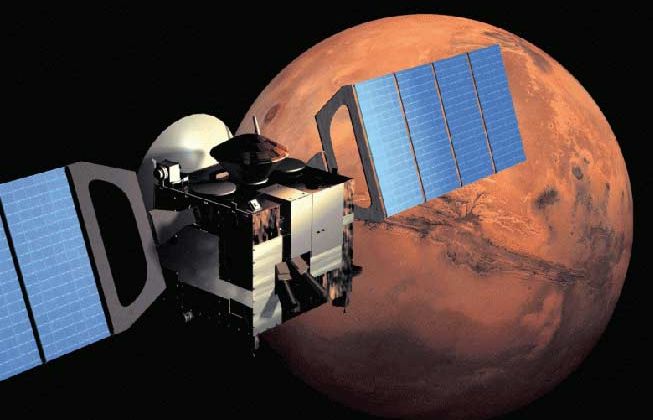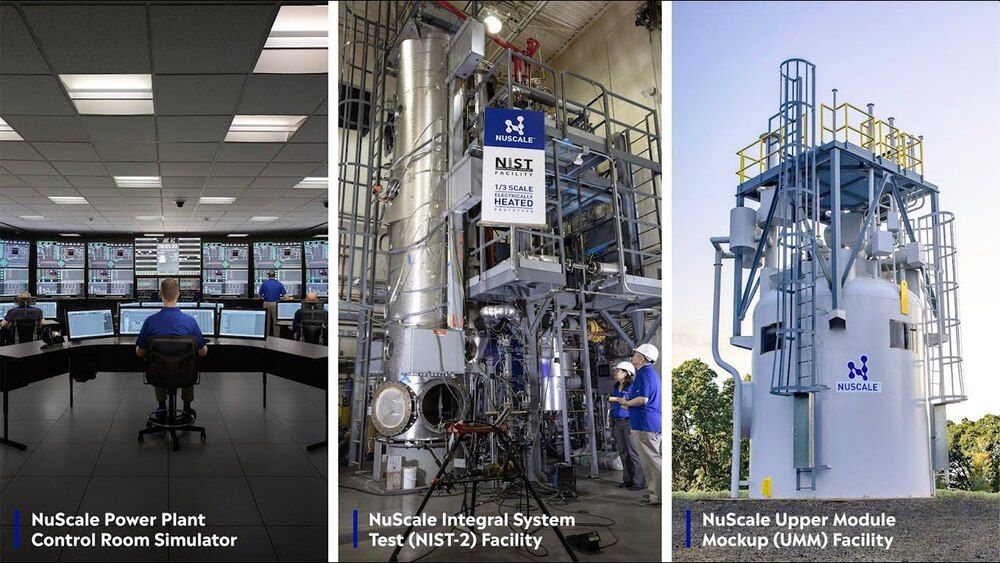Nov 19, 2020
SpaceX will launch Israel’s second Astronaut aboard Crew Dragon
Posted by Genevieve Klien in category: space travel
Axiom Space, a start-up from Houston, Texas, signed a deal with SpaceX to launch a crew of four private passengers atop a Falcon 9 rocket aboard the Crew Dragon spacecraft on a voyage to the International Space Station (ISS). The mission, known as AX-1, will be the first fully-commercial private passenger mission in history, scheduled to launch during the second half of 2021. “This history-making flight will represent a watershed moment in the march toward universal and routine access to space,” Axiom Chief Executive Officer Michael Suffredini said in a press release earlier this year. “This will be just the first of many missions to ISS to be completely crewed and managed by Axiom Space – a first for a commercial entity. Procuring the transportation marks significant progress toward that goal, and we’re glad to be working with SpaceX in this effort.”
The private passengers will be lead by former NASA Astronaut Michael Lopez-Alegria, who has been to space four times; he will be Axiom’s AX-1 Mission Commander. After SpaceX successfully launched four Crew-1 astronauts to the space station this week, Lopez-Alegria shared his excitement to soon ride aboard SpaceX spacecraft. “God willin’ and the creek don’t rise, I’ll be leading the AX-1 crew on the first purely commercial orbital mission in history a little over a year from now — on this very SpaceX Crew Dragon capsule. It’s gonna be a Blast!” Lopez-Alegria said.

















